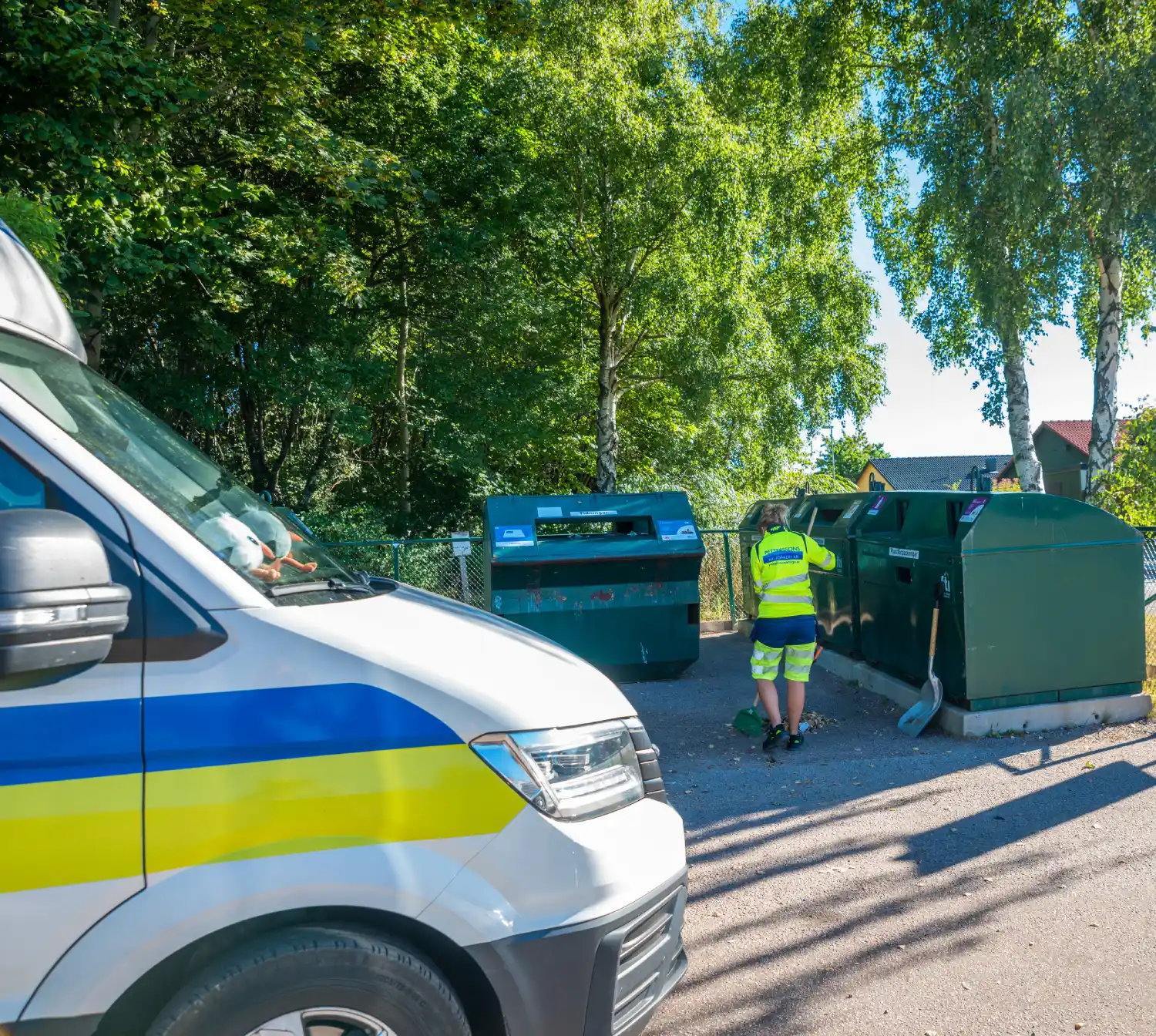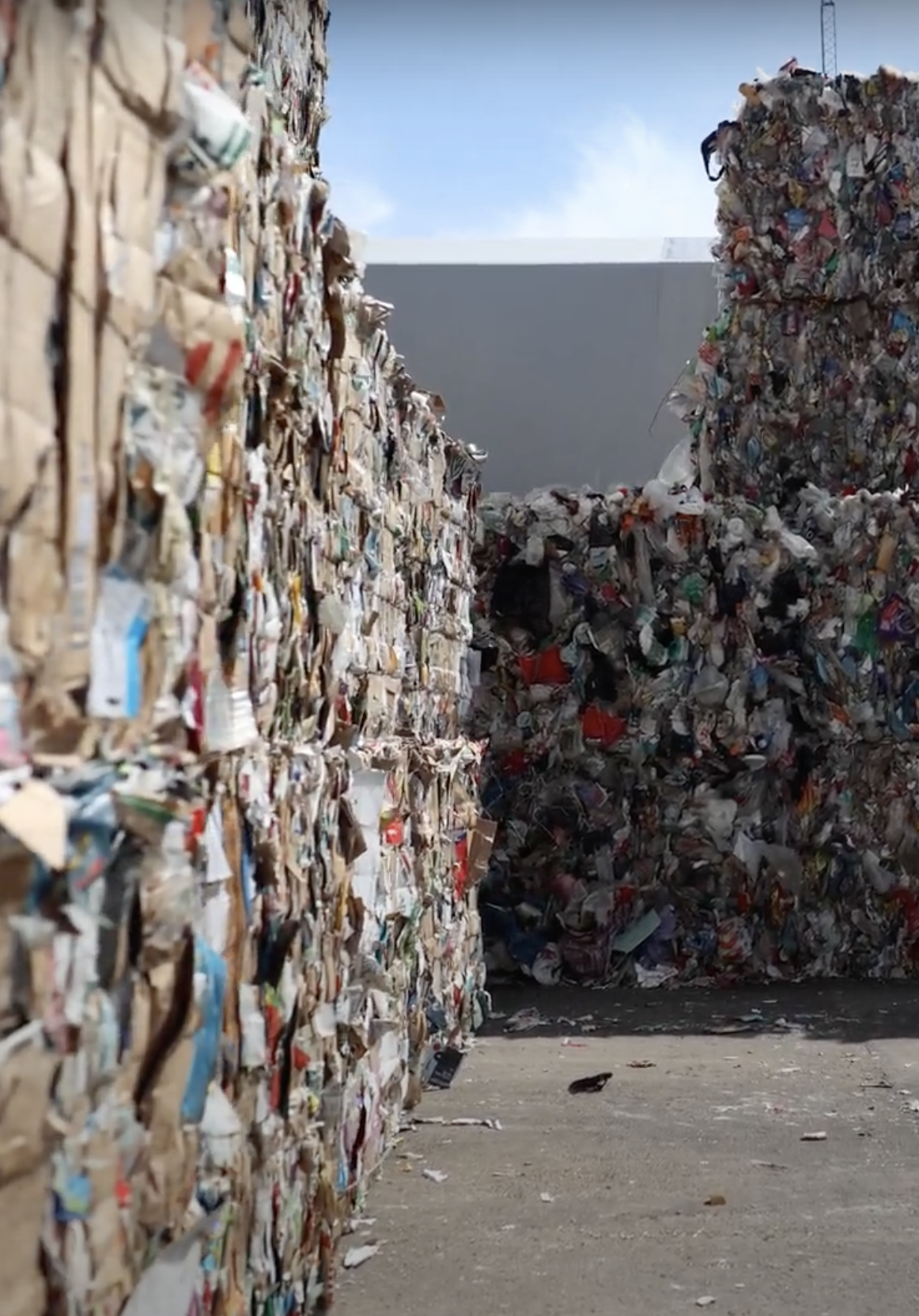The Impact of Recycling Companies on Reducing Landfill Waste
The Impact of Recycling Companies on Reducing Landfill Waste
Blog Article
Recycling represents a crucial role in environmental sustainability, and understanding the process behind it may shed light on how organic products are given a fresh life. Recycling Company (Återvinning Företag) follow a structured workflow to make certain spend materials are effortlessly developed into reusable products. This technique not only reduces the stress on normal resources but additionally reduces environmental pollution. Here's a step-by-step search at how the recycling process unfolds—from selection to repurposing.
Step 1: Collection and Sorting
The first step in recycling is the collection of recyclable waste. Residential, commercial, and professional options lead to the flow of materials. Waste is usually obtained through curbside applications, drop-off stores, or volume variety systems. When collected, the components are sent to a recycling ability for sorting.

At the ability, sophisticated selecting techniques are accustomed to split materials like report, plastics, materials, and glass. Manual job is frequently coupled with sophisticated technology, such as for example infrared scanners and magnets, to boost working accuracy. A well-executed organizing process ensures proper categorization, which really is a important part of maintaining product purity.
Step 2: Cleaning and Preparation
Once fixed, materials need to be cleaned to remove pollutants like food deposit, dust, or labels. For instance, parts are washed completely before being shredded in to smaller pieces, while metals are removed of impurities. Washing ensures the recycled product maintains its integrity and can successfully be organic substance in manufacturing.
Specific kinds of materials also undergo preliminary control to produce them ideal for recycling. For instance, paper goods are pulped and de-inked to get ready them for reuse as new paper products.
Step 3: Processing and Transformation
After washing, resources are processed and organized for repurposing. Plastics may be melted down and reshaped in to pellets, materials are smelted into bars or blankets, and glass is smashed in to cullets for recycle in new glass products. Only at that period, products are converted right into a standardized kind that acts as a foundation for production new items.

Step 4: Repurposing into New Products
Eventually, the prepared components can be purchased to companies who turn them into new products. Recycled materials might become outside furniture or clothing, while metals could be constructed into structure resources or new appliances. Using recycled products guarantees a closed-loop program, lowering the need for virgin resources.
The recycling method is essential in strengthening circular economies and selling sustainability. By following these complicated steps, recycling businesses breathe new life into components that would otherwise donate to landfills. Knowledge that workflow can motivate customers and firms equally to prioritize recycling and produce aware choices regarding waste. Report this page